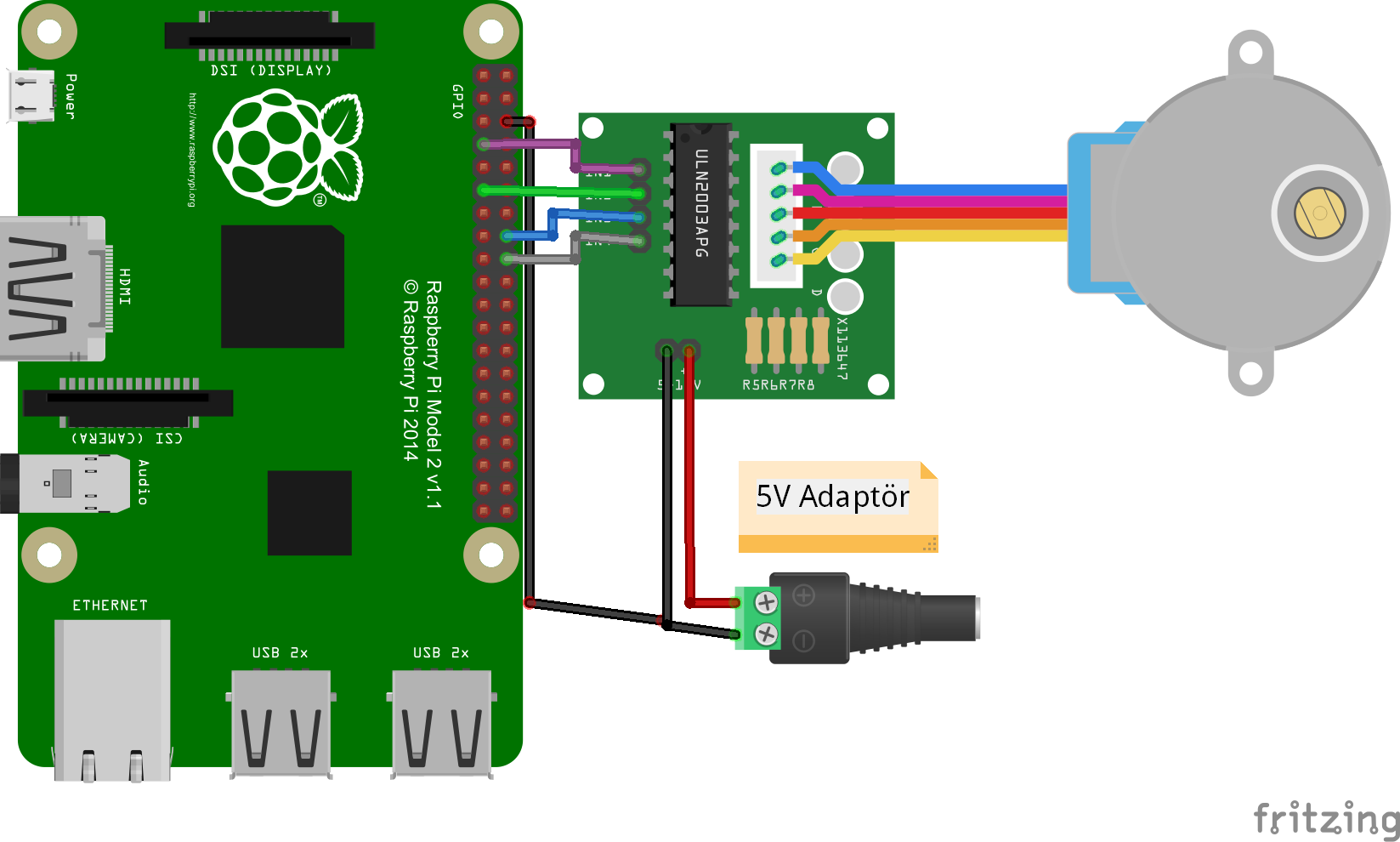
Or if this is for visual or astrophotography which means far better tracking ability. Not sure what to recommend as I am nt sure of the size and weight of your mount or the payload it will be carrying. Some have a gearbox attached to give reduction and higher torque, if using one of those go for the high quality low backlash types. They come with different toque values and voltage requirements. They come in 1.8 degree per step or 0.9 degree per step which has double the resolution. Stepper motors come in sizes NEMA is the value. I guess I need to find a stepper motor that puts out about 1 Nm of torque and 0.9 degrees.

I understand for this mount the gearing from the stepper motor to drive the worm is by belt and is usually either 2:1 or 3:1. The Beacon Hill worm gears are 6 1/2 " and 360:1 I believe. And how many degrees per stop the motor rotates? And then do all the maths?

#Stepper motor resolution calculator full
So really I need to look at how many steps the motor is capable of a second, when at full speed. The sprocket-and-ring gearing of the dome has a 12.6:1 gear ratio, so the dome turns 1 revolution in 67 seconds (= 12.6 * 5.37) That is then geared down by a factor of 26.85, giving my drive sprocket a speed of 1 revolution every 5.37 seconds ( = 26.85 / 5). The motor turns 0.9 degrees per step, so that gives 1800 degrees per second (= 2000 * 0.9), or 5 revolutions per second ( = 1800 / 360). The number of steps per second (controlled by the software) multiplied by the number of degrees per step (designed into the motor) gives you the number of degrees per second.įor my dome rotation, for example, I run the motor at 2000 steps per second when it is up to full speed. Like.The speed of a stepper motor is determined by software. The higher torque at the lower speeds is useful because that is where the acceleration is required to overcome the inertia of mechanical components. According to the manufacturer, that motor can be driven to over 18 rev/sec, but the torque falls off to around 0.8Nm, because the windings do not have sufficient time, between each step, to reach their rated current. An example motor, with an inductance of 3mH, resistance of 0.7 ohms, a maximum current of 4.2A, driven from a 48V power supply at 2000 steps/rev, has a calculated maximum speed of 1.9 rev/sec and produces 2.8Nm torque. time per step is decreased, the motor will continue to increase in speed without harm, but the torque falls off. If the stepping frequency is increased above this value, i.e. The higher the power supply voltage, the quicker rated current will be attained, and thus produce the maximum speed calculated above. It is derived from the time taken to reach the rated current in the winding. It is actually the speed at which maximum torque is obtained. The maximum speed quoted here is a little misleading. Prior to these technologies, the stepper motor has been used in disk drives, printers, slot machines, camera lenses and image scanners. The current 3D printers and CNC machines also use stepper motors as actuators. They can also be found in packaging machinery. Similarly, stepper motors are used in fluid control systems particularly in positioning valve pilot stages. These motors are often part of linear actuators, goniometers and rotation stages. In this application, the stepper motor is part of an open loop system for holding or positioning objects.īecause they allow very small movements, stepper motors are also found in the field of lasers and optics where precision positioning is often required. Stepper motors are often computer-controlled and can be categorized under motion-control positioning.

$$spr$$ = steps per revolution Applications To use this calculator, simply supply the required fields and click the "calculate" button. This tool is designed to calculate the maximum speed of a stepper motor as well as the minimum time per step and the maximum power dissipation. This type of motor also produces a lot of torque given it size which is why it has found itself in a number of industrial applications. A stepper motor is a popular type of synchronous motor because it allows for precise movements or "steps".


 0 kommentar(er)
0 kommentar(er)
